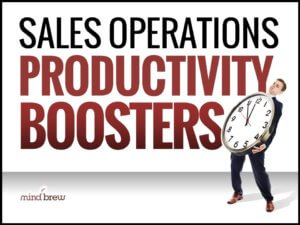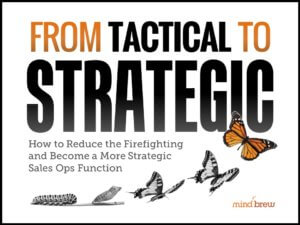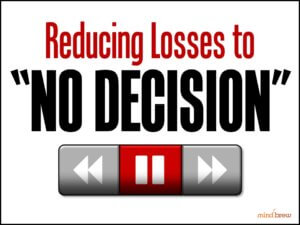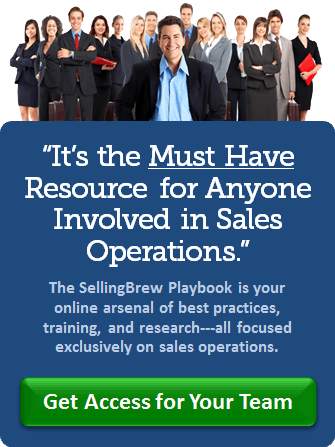In the fast-paced world of business, time is an invaluable asset. Yet, amidst the hustle and bustle, we often find ourselves caught up in tasks that, over time, evolve into mere time wasters. Originally, these tasks might have held some value, but as the business situation changes, their relevance dwindles. This gradual accumulation of busy work and time wasters not only detracts from our capacity to focus on more crucial matters, but also eats away at the very essence of productivity.
In a Sales Ops function, busy work and time wasters can carry enormous opportunity costs. Every hour we dedicate to outdated or irrelevant tasks is time we’re not investing in more strategic efforts and initiatives. And the accumulation of busy work can give us a false impression of our capacity to even consider tackling more strategic initiatives in the first place.
Moreover, persistent engagement in work that feels futile or worthless can severely dampen team morale. Employees, when stuck in the rut of non-impactful work, might feel their skills and efforts are undervalued. This can lead to a demoralized workforce, where creativity and innovation take a backseat, significantly hampering a company’s growth and adaptability in the ever-evolving market.
Here are three tips for tackling time wasters and busy work:
- Prioritize Results Over Activities
Often, Sales Ops functions get caught in the trap of equating “busy-ness” with productivity, focusing more on activities than outcomes. To eliminate busy work, shift the focus to business results and financial impacts rather than the volume of tasks completed. Encourage your team to align their efforts with strategic objectives and initiatives that contribute directly to financial performance. This approach involves setting key performance indicators (KPIs) that are results-oriented and training your team to evaluate their work based on the value delivered and results produced, not the time spent. By doing so, you not only streamline work processes but also foster a results-driven culture where efficiency and effectiveness are paramount. This shift in perspective can lead to more innovative approaches to work, as employees are motivated to find the most impactful ways to achieve improved results.
- Foster Psychological Safety
Ensuring that employees feel safe and secure in voicing their opinions about inefficiencies is crucial in eliminating time wasters and busy work. In many organizations, employees continue with unimportant tasks because they fear that questioning them might jeopardize their job security. To address this, leaders need to create an environment of psychological safety where team members feel comfortable and encouraged to speak up about tasks they believe are no longer valuable or warranted. This can be achieved through regular open forums, anonymous feedback mechanisms, and a clear message from leadership that constructive feedback is not just welcomed, but essential for the organization’s growth. By doing this, you not only identify and eliminate unnecessary tasks but also cultivate a culture of trust and continuous improvement.
- Make “Red Lining” a Regular Exercise
Beyond fostering an environment where no one is afraid or defensive about highlighting their own busy work and time wasters, it’s important to also set an organizational expectation around regular assessment. In other words, you not only want people to feel comfortable identifying things they shouldn’t be doing, you want to build those assessment processes into your ongoing operational model. Even something as simple as just making “red lining” exercises a routine part of your team’s quarterly business cycle can be a powerful method of ensuring the continuous identification and elimination of busy work and time wasters. Red lining is an exercise where team members and their managers systematically review day-to-day tasks and deliverables to eliminate those that are no longer worthwhile or warranted (crossing them out with a red line, presumably).
In conclusion, eliminating time wasters and busy work is not just about cleaning up your to-do list or making everyone’s day-to-day less hectic. It’s about ensuring that every effort put forth by you and your team contributes meaningfully towards your business objectives. But while identifying and eliminating busy work is not all that difficult, you do need to be proactive and deliberate about it.














